Last Updated on May 22, 2022
3. Enable Backups
Making file backups is an essential activity for all users, yet many users do not take adequate steps to protect their data. Whether a computer is being used in a corporate environment, or for private use, the machine’s hard drive may fail without any obvious warning signs. Alternatively, some data loss occurs as a result of human error. Without regular backups being made, data will inevitably be lost even if the services of a specialist recovery organisation are used.
Ubuntu 21.04 has backup software already installed. It’s called Déjà Dup Backups, a simple backup tool for GNOME. We awarded this software a rating of 8.6 (out of 10) in our Backup Software Roundup.
Open Déjà Dup Backups from the Dash (it’s shown as Backups).

Click the Create my First Backup button.
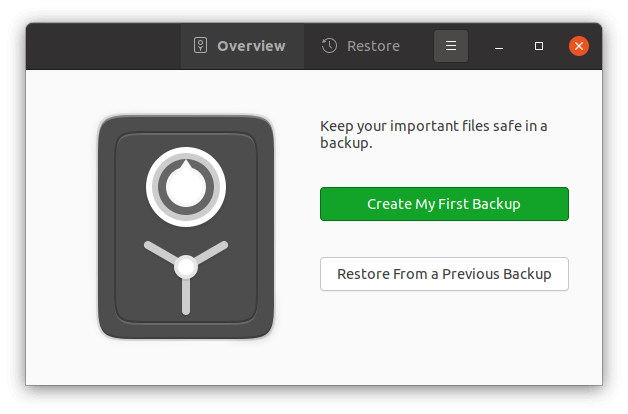
Choose the folders to include and exclude. Your home directory is included by default.
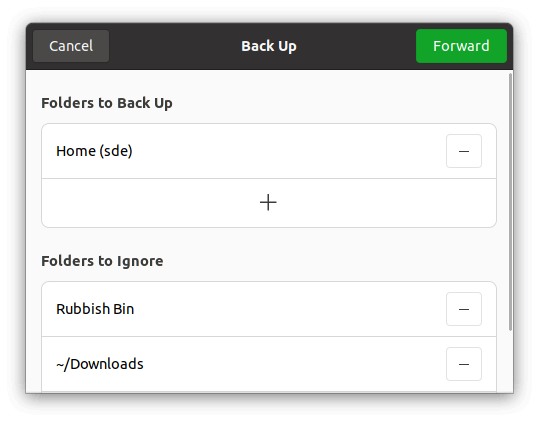
Click the Forward button to proceed.
Choose the Storage Location from Google Drive, a network server, or a local folder.
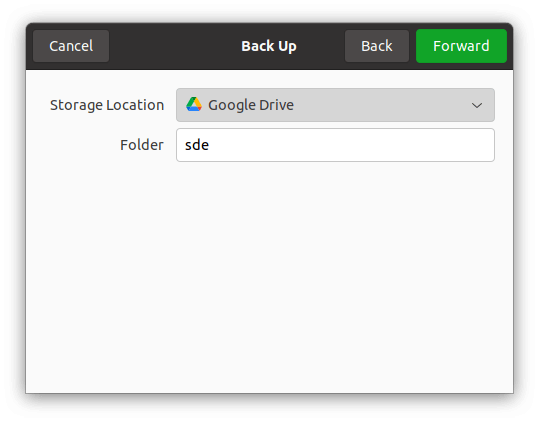
You can password protect your backups for security reasons.
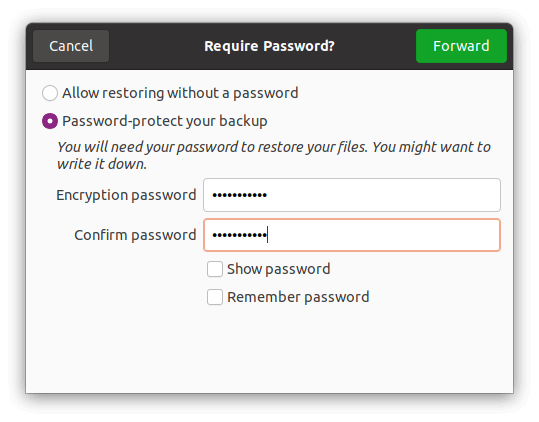
Click Forward to perform the backup.
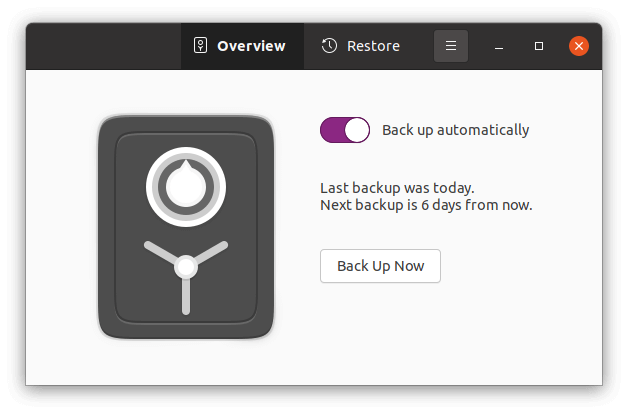
We then have the choice of running a weekly backup. We’ve moved the slider so that it’s automatic. In the Preferences menu we can also change the backup frequency. By default it’s set to weekly, but there’s a daily option too.
Déjà Dup Backups offers basic functionality. For more sophisticated backup software, check out our comprehensive 31 Best Free Linux Backup Software.
Next Page: Page 4 – Video/Audio Codecs and TrueType Fonts
Pages in this article:
Page 1 – Initial Update
Page 2 – Install Drivers
Page 3 – Enable Backups
Page 4 – Video/Audio Codecs and TrueType Fonts
Page 5 – GNOME Tweaks
Page 6 – GNOME Extensions
Page 7 – Install BleachBit
Page 8 – Night Light and Summary
All articles in this series:

Why only cover Ubuntu?
From independent surveys Ubuntu is the most popular Linux distro. Ignore the charts you see on some web sites that often have fairly obscure distros top. Their fanboys just vote them up using bots, partly because they are very passionate about them.
Interestingly, Linus Torvalds (the creator of the Linux kernel) has never even tried Ubuntu.
What about the command line? Newcomers shouldn’t only use GUIs in my opinion.
How about what to do when app doesnt have a package?
How about as a Linux user you whine, cry and criticize ever tutorial and article ever printed? It really gets old. I use Linux, I use Ubuntu, I use other OS’s. I appreciate people with the skill and knowledge to write tutorials and articles that can help others. No article can cover ‘everything Linux”. Thank you Steve.
We welcome suggestions what information you think is helpful for newcomers to Linux. When you’ve been using Linux for as long as we have, it’s easy to overlook things which would help beginners.
We will be covering the command-line in a later part of this series. But there’s a few important areas we need to cover first.